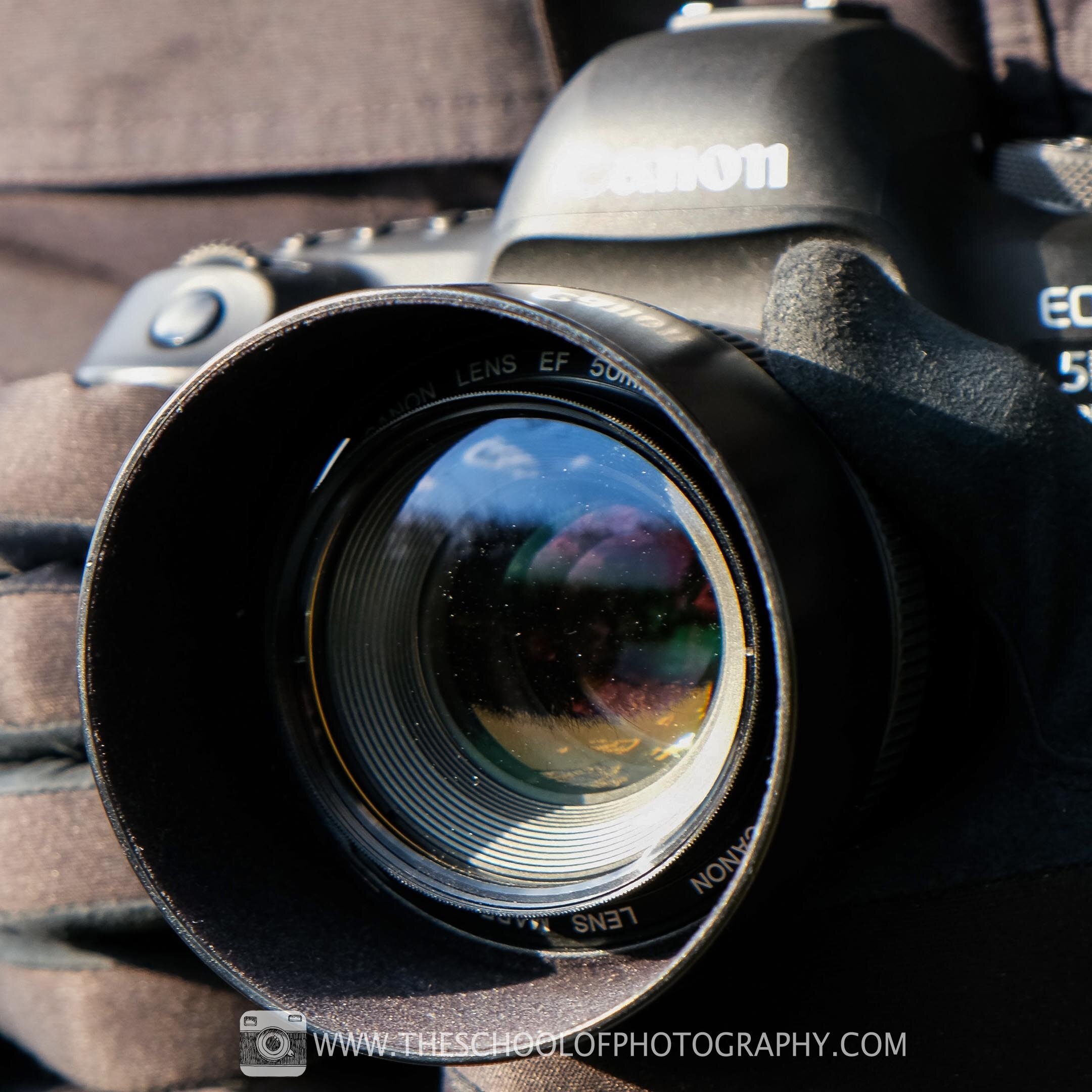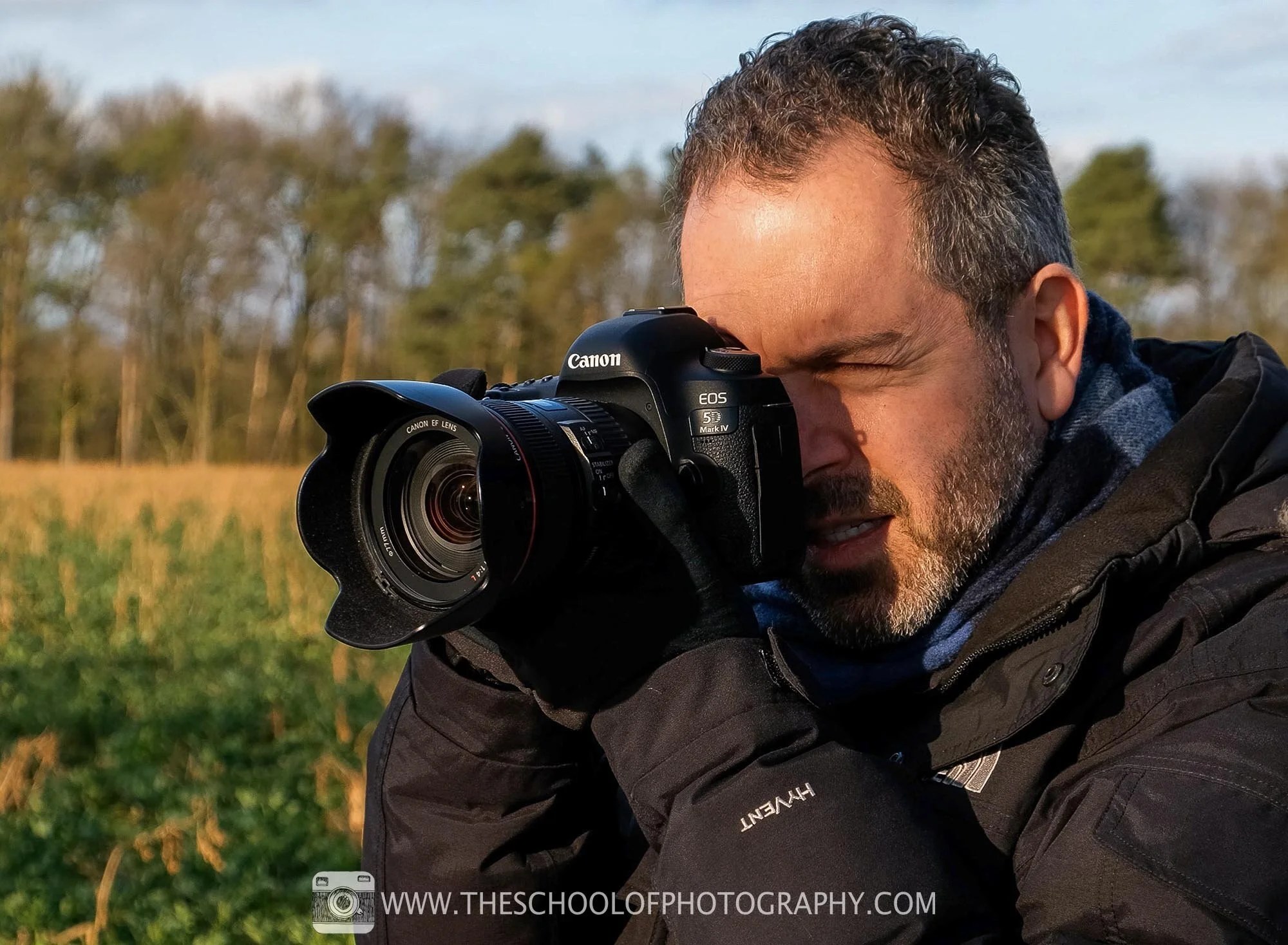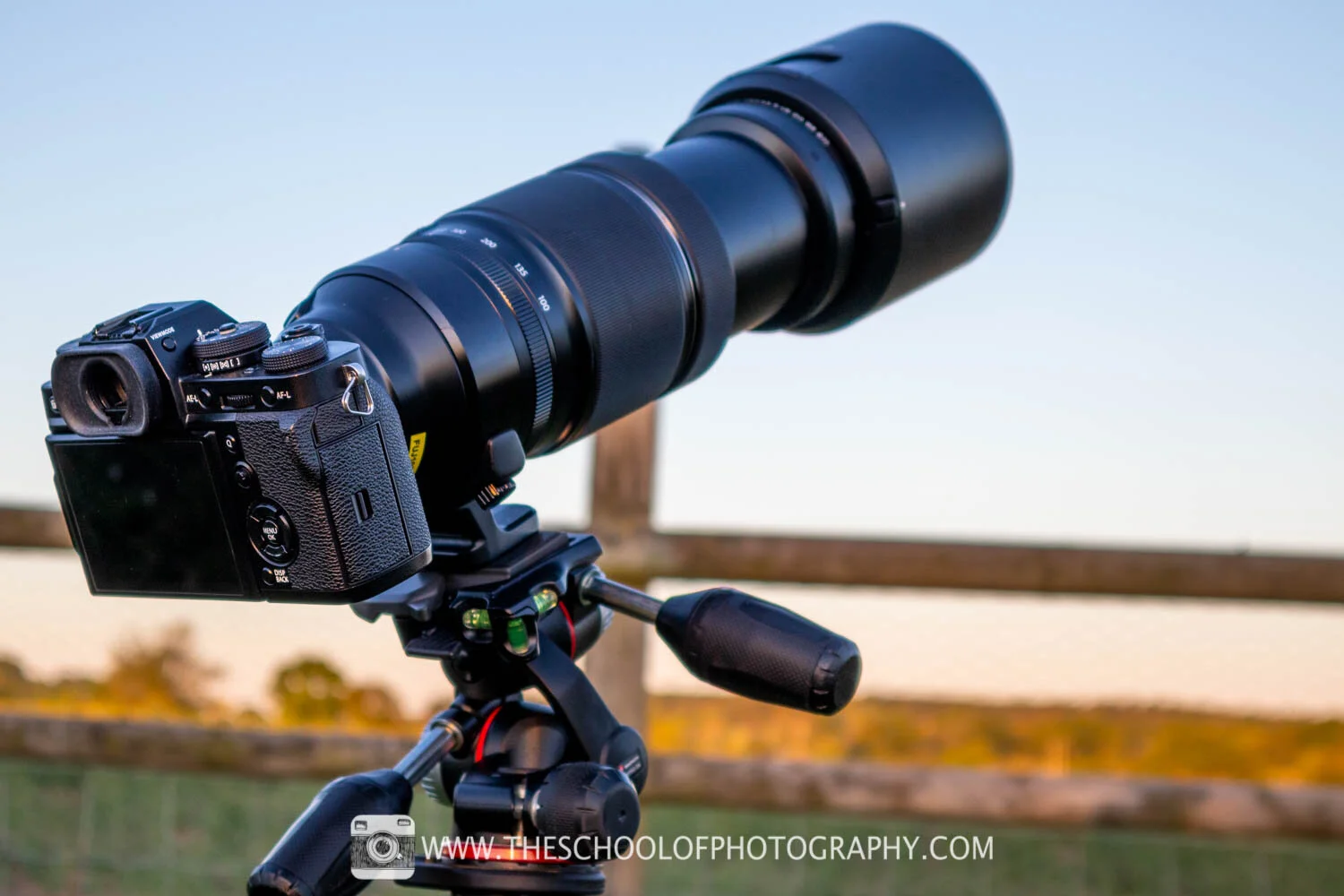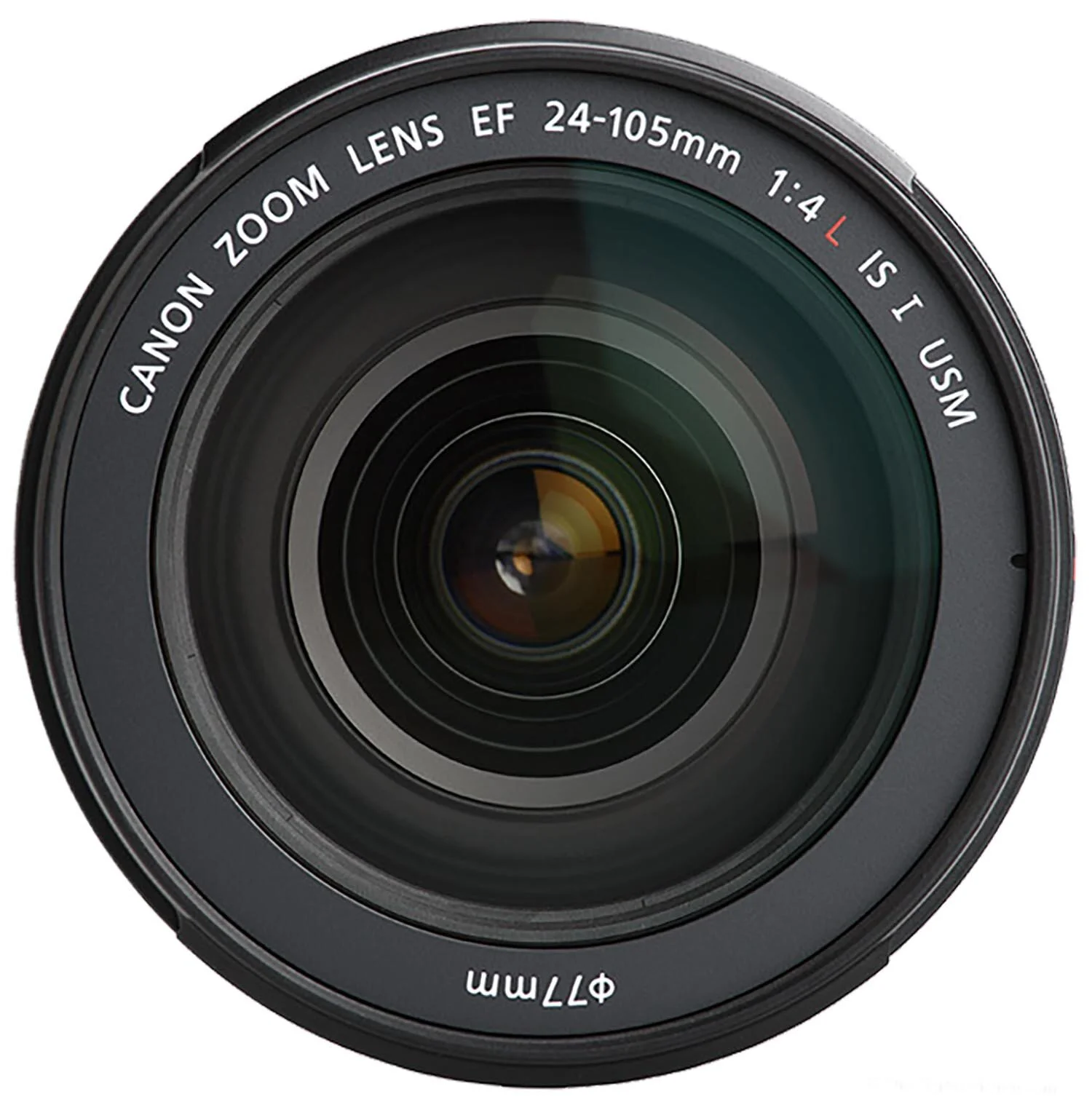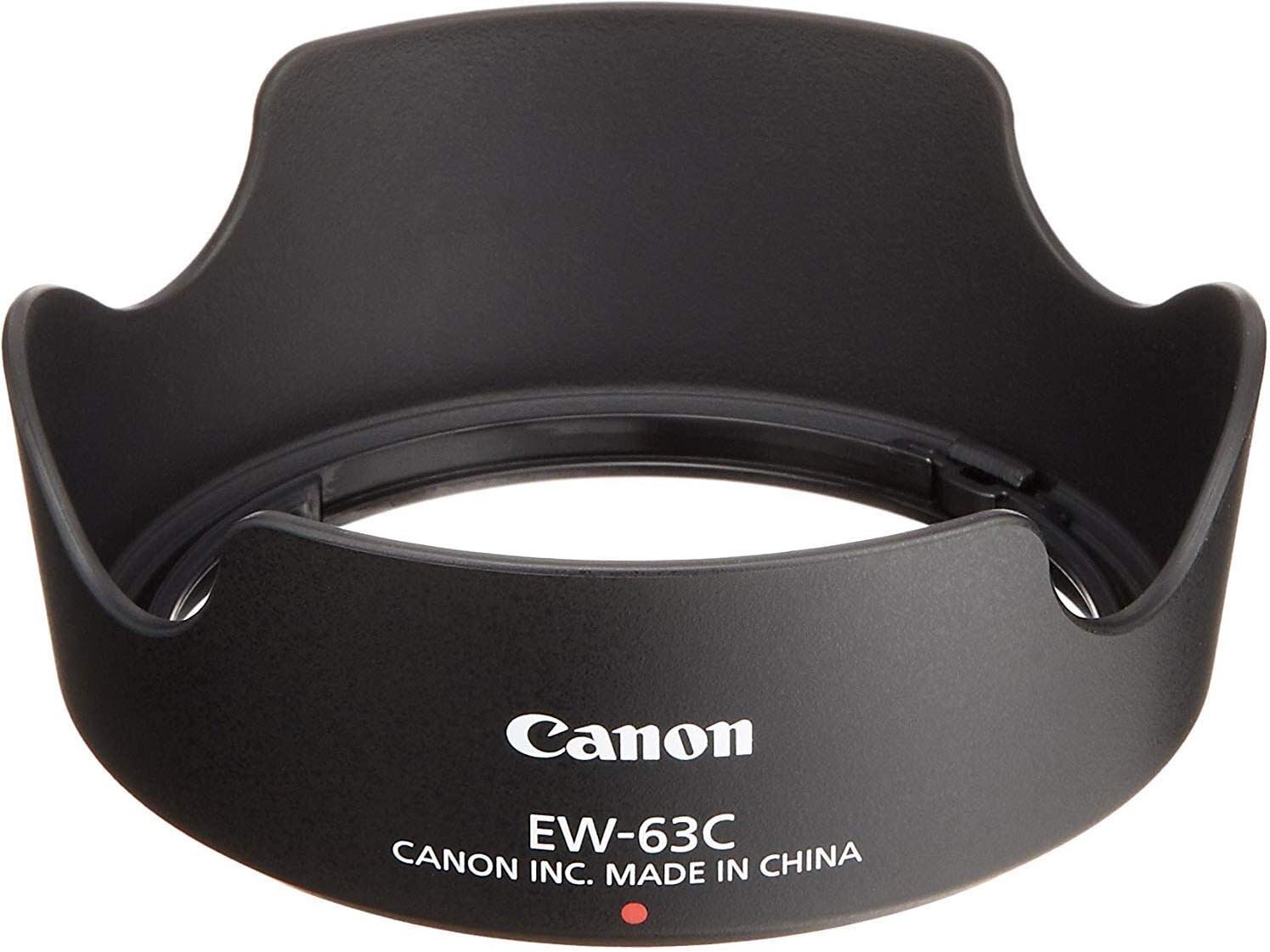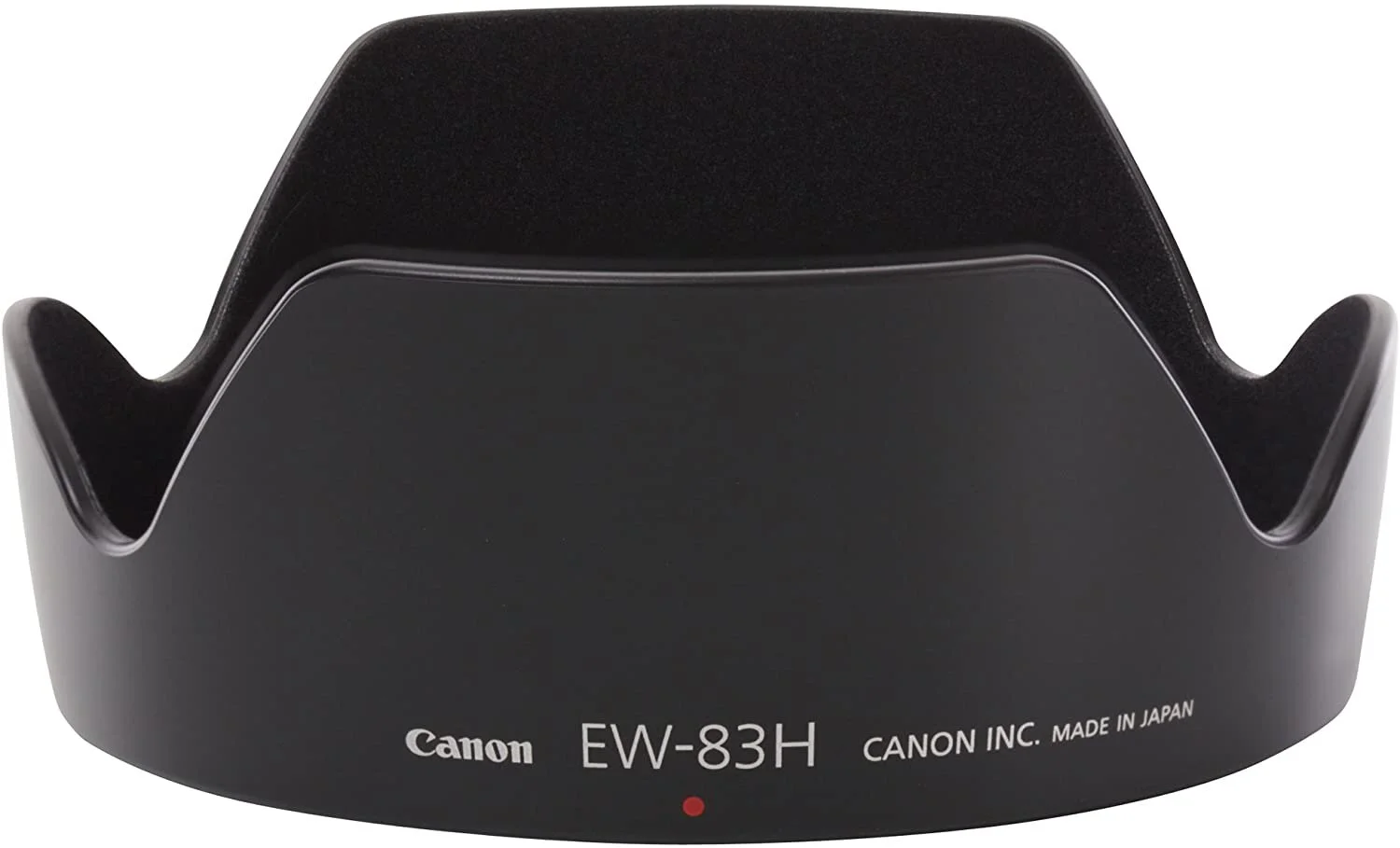Camera Lens Hoods Explained - Read This Before You Buy
Camera lens hoods in photography might seem a simple thing, but they can be very confusing for the beginner photographer. Do you need one? What lens hood should you buy for your lens? What are lens hoods for? Why use a lens hood? When do you use one? These are just some of the questions we get asked. So here, I’m going to answer all these questions for you to make sure you get the best results in your photography and are using the correct one for your lens.
Get access to ALL our online courses – 1000’s of videos, worksheets, critiques of student’s work, personalised support and much more with our monthly membership.
Why use a camera lens hood?
If you're a beginner photographer, you might have come across the term "lens hood" and wondered what all the fuss is about. Trust me, it's not just another accessory to add to your gear bag. Lens hoods play a vital role in protecting your images from unwanted artifacts and ensuring your photos look their best. Let's dive in and explore the ins and outs of lens hoods!
The main reason you use a lens hood is to stop stray light coming onto your lens which can create lens flare and give your images less contrast. This normally happens when shooting into the sun or when you have a strong light source in front of the lens. Let’s look at a couple of examples.
Taken without a lens hood. Gives a washed-out look and shows lens flare. The circles you see is the light reflecting off the glass elements within the lens.
Taken using the camera lens hood. Shows more contrast in the image and doesn’t have lens flare.
What does a camera lens hood do?
A lens hood quite simply blocks light from going over the front element of your lens. Ever noticed those streaks of light or hazy patches that sometimes appear in your photos, especially when shooting towards the sun? Those are lens flares, and while they can be used creatively in certain situations, they often detract from the overall quality of your image.
Below is a simple image of the same thing in the same place. One with a lens hood on the camera, and one without it. The image without the lens hood has caused light to go over the front of the lens and is giving the image less contrast and causing what’s called lens flare.
Examples showing camera lens hood on and off
The lens hood is creating a shadow over the front element of the lens thus blocking the light from hitting it.
Light shielded by camera lens hood
Light shining on the lens - Here the camera’s lens hood is not fully blocking the light. In this case, you are likely to get lens flare.
So that’s the main reason to use a lens hood – To shield the lens from unwanted light. You would also use a lens hood to:
Improve Contrast and Colour Saturation: By reducing lens flare, a lens hood helps maintain the contrast and saturation of your images, resulting in more vibrant and punchy colours. This, overall, can enhance your image quality!
Protecting your lens: Lens hoods offer a degree of physical protection for the front element of your lens. They can help prevent accidental bumps, scratches, fingerprints, or even rain and snow from hitting the lens.
When should you use a camera lens hood?
You should have a lens hood to hand all the time. Even when you’re inside or at night you could get stray light going over the front of your lens which will reduce the contrast of your image. Another bonus in using a lens hood is that it will protect the front of your lens. If you’re swinging your camera around and the front of it hits something, it’s your lens hood that will break first. Much cheaper to replace than a lens! A lot of lens hoods are able to be secured backwards onto the lens so you can store it on the lens when you aren’t using it.
Another tip here is to always keep your lens clean as this will increase contrast and avoid lens flare too.
Here are some key situations that your lens hood will come in handy:
Shooting Towards the Sun: This is where lens hoods really shine. By shielding your lens from direct sunlight, they dramatically reduce the risk of lens flares.
High-Contrast Scenes: Even when you're not shooting directly into the sun, lens hoods can help preserve contrast and prevent washed-out highlights in scenes with bright light sources.
Exceptions to this rule
There are times when you might not want to use a lens hood. This is when you actually want to create lens flare or when you are using the pop-up flash on your camera. On some cameras, the light from the pop-up flash will be blocked by the lens hood and create a shadow in the bottom of your picture. This won’t happen if using a flashgun as the flash is higher on the camera and will miss the lens hood.
Creating lens flare on purpose can also give an awesome look to both portrait and landscape photography.
Some more situations where you might want to leave the lens hood off:
Wide-Angle Lenses: Some lens hoods can cause vignetting (darkening of the corners) when used with wide-angle lenses.
Very Low-Light Conditions: Every bit of light counts in low-light situations, and a lens hood can block some of that light.
Using Filters: Some filters might not be compatible with lens hoods, especially if they protrude significantly from the lens.
Sunset with rocks taken without a lens hood
Taken without a lens hood whilst shooting into the sun. Gives a washed-out look and shows lens flare. The circles you see is the light reflecting off the elements within the lens.
What types of camera lens hoods you can get?
It breaks down into two main types really. A petal-type lens hood and a cylindrical one.
Cylindrical Lens Hood and Petal-type Lens Hood
Petal lens hoods have the corners cut away. These types of hoods are used on your standard zoom lenses and lenses that go to wider angles. This is because if you didn’t have the corners cut out you would actually see the lens hood in the image at wide angles. You would see black in the corners of your picture, which isn’t a good look!
To put this to the test do this – zoom your lens out to its widest angle look through the viewfinder and move your hand forward adjacent to the lens and you’ll see the hand appear in the corners.
Then you have cylinder lens hoods, and these are perfect cylinders with nothing cut away. They are made for fixed focal range lenses (prime lenses) and telephoto lenses. They are shaped like this because prime lenses don’t zoom out, these lenses are fixed to a particular focal length so the hoods can be made to the exact point where it won’t be seen in the image. Telephoto lenses, lenses used for sports and wildlife photography, can also have cylinder lens hoods. This is because these lenses do not go to wide angles, therefore the lens hood will not be seen.
To learn more about lenses and focal lengths, click here.
Telephoto lens with lens hood
What camera lens hood do I get for my lens?
Is it a one size fits all scenario? The simple answer to that is no, one size doesn’t fit all. You have to get the lens hood for your particular lens. For instance, I have the canon 24-105 zoom and the 16-35 zoom lenses and they both need different lens hoods. The reason for this is the circumference of the front of the lenses are different, one is 77mm and the other is 82mm. The zoom range is also different meaning the cut-outs bits need to be different. The wider the angle of view the further back the cut outs need to be on a petal lens hood.
Now you do not need to get the branded lens hood for your lens but please avoid any lens hood that states they are universal. They will not work as well as one made specifically for your lens.
To find out what lens you have, simply look at the front of it and read off what it says. For instance, the image below shows the front of a canon lens and states ‘Canon zoom Lens EF 24-105mm’. This is the name of that lens. Simply type that followed by lens hood into a search bar and the lens hood for that lens will pop up. Easy as that!
To learn about camera equipment please click here.
To save you time we have compiled below the lens hoods needed for the most common beginner cameras. Please check the front of your lens to check the model of it before you buy the lens hood.
Canon EW-63C Lens Hood: Compatible with the Canon EF-S 18-55mm f3.5-5.6 IS STM - https://amzn.to/3seMRoS
Canon EW-83H Lens Hood for EF24-105mm f4.0L USM: Compatible with the Canon EF 24-105mm f4L IS II USM Lens - https://amzn.to/39m1T4P
Nikon HB-N106 Lens Hood: Compatible with Nikon 18-55mm AF-P VR - https://amzn.to/397eKHE
Check out our Recommended Beginners Photography Equipment here.
NB: These are paid links and TSoP will receive a small percentage of any purchases made.
Camera Lens Hood FAQs & Troubleshooting:
We hope that this blog has answered all of your questions about camera lens hoods, but if you’re still a little unsure, here are some commonly asked questions:
Can I leave my camera lens hood on all the time? While it's tempting, it's not always the best practice. In some cases, leaving the lens hood on can make your camera bag bulkier or create issues with lens caps. Consider the situations you'll be shooting in and whether the benefits of having the lens hood on outweigh the potential drawbacks. If you have a lens hood that’s able to be kept on your lens (some lens hoods can be attached backwards when you’re not using them) you can leave it on all of the time.
My camera lens hood seems loose. Is that normal? It depends. Some lens hoods have a locking mechanism, while others rely on friction to stay in place. If your lens hood has a lock, make sure it's engaged properly. If it doesn't have a lock, a little bit of looseness is usually normal, but it shouldn't be so loose that it falls off easily.
Can I use a third-party camera lens hood? Yes, there are many third-party lens hoods available, often at a lower price than manufacturer-branded ones. Just make sure the hood you choose is designed to fit your specific lens model.
My camera lens hood is causing vignetting. What should I do? If you're using a wide-angle lens, try removing the lens hood to see if the vignetting disappears. If it's a zoom lens, zoom in slightly to reduce the vignetting.
Can I use a camera lens hood with filters? In most cases, yes. However, some filters might not be compatible with certain lens hoods. Check for compatibility before buying.
Like this? - Check out similar tutorials below
I hope this has explained why you use a lens hood, if it did, please leave us a comment and support us by sharing it with your friends and subscribe to our newsletter at the bottom of this page for more.
We also have an excellent learning community on social media so please join us there as well.
Thanks for watching and remember – Learn more at The School of Photography.





